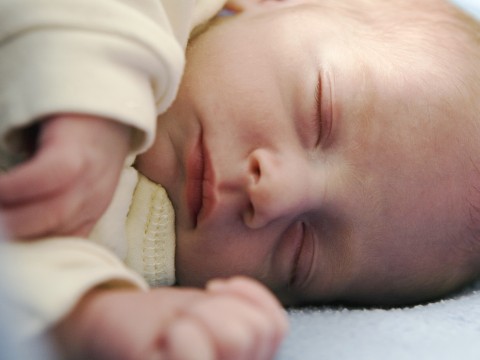Over 3 Million Babies Born With Assisted Reproductive Technology
In the United States, an estimated 1 percent of live births are conceived with the help of in vitro fertilization (IVF) and other assisted reproductive technologies (ART). The European Society of Human Reproduction and Embryology reports that in the last 30 years, over three million babies worldwide have been born with the help of assisted reproductive technology.

In an editorial published in the July 2011 issue of the Journal of the American Medical Association, Dr. Robert Brzyski, MD, and Judith Daar, JD, reported that nearly 3 in every 100 live births in the United States are the result of assisted conception, and more couples are using sperm donors to assist them conceive.
What is Assisted Reproductive Technology?
Assisted reproductive technology procedures typically involve the removal of a woman’s eggs from her ovaries and combining them with sperm (either from her partner or a donor) in a laboratory setting. The fertilized egg will be returned to the original woman’s body, or transferred into a surrogate. According to the CDC, assisted reproductive technology does not include fertility enhancing drugs that only stimulate a woman’s egg production without actual egg retrieval, and they don’t include treatments that involve only insemination.
In Vitro Fertilization (IVF)
IVF is the most commonly used assisted reproductive technology, and it accounts for 99 percent of all ART procedures performed in the United States. An estimated 48,000 babies are born in the U.S. from IVF treatment. This assisted reproductive technology doesn’t come cheap. Most IVF clinics charge between $10,000 and $20,000 per treatment. Not all insurance providers will cover this treatment.
With IVF treatment, the woman is asked to take a fertility drug at the start of her menstrual cycle. This medication will stimulate her ovaries so that it will mature several eggs. (Women typically only release one egg each menstrual cycle, but with IVF, multiple eggs need to be obtained for a successful pregnancy.) The woman will be carefully monitored during this stimulation process. This typically involves frequent trips to the doctor’s office or IVF clinic.
Once the eggs are mature, the doctor will remove the eggs using a hollow needle in the vaginal wall. Around the time that the eggs are collected, the partner or donor will produce a semen sample. The eggs and sperm are combined together in a laboratory. Using a microscope, the doctor will be able to see whether fertilization has occurred within 24 hours.
A specialist called an embryologist will check the embryos to make sure they are developing correctly. If they are, embryo transfer will occur. The embryos are placed into the woman’s uterus through a thin catheter in the cervix. To avoid the risk of a multiple pregnancy, a good IVF doctor will only transfer between one to three embryos. The other “spare” embryos can be frozen and used for later IVF treatments.
If the treatment is successful, the embryo will implant into the wall of the woman’s uterus and develop into a full-term baby. The woman can take a pregnancy test roughly two weeks after the embryos are transferred.
IVF has a 50 percent failure rate in the best couples. For this reason, the woman may need to undergo another IVF cycle before she conceives. On average, there is a 35 percent chance of pregnancy with IVF and a 28 percent possibility with having a baby.